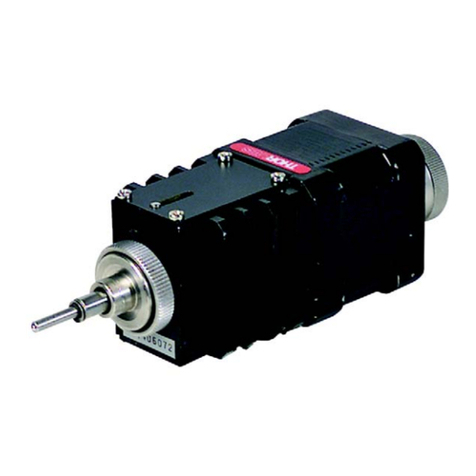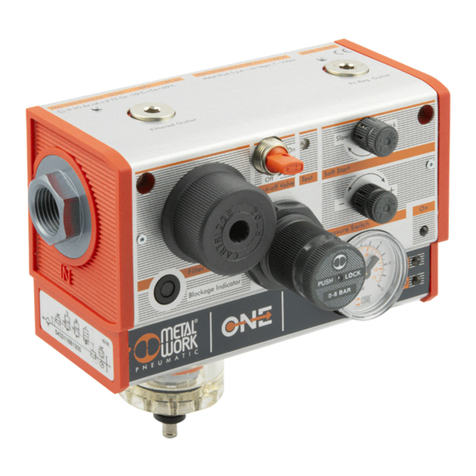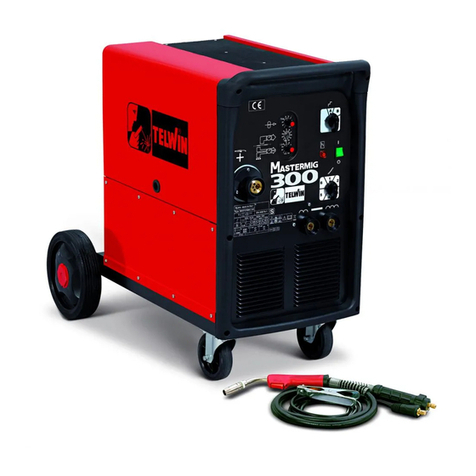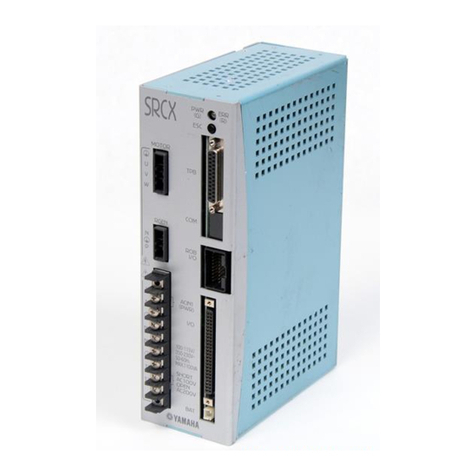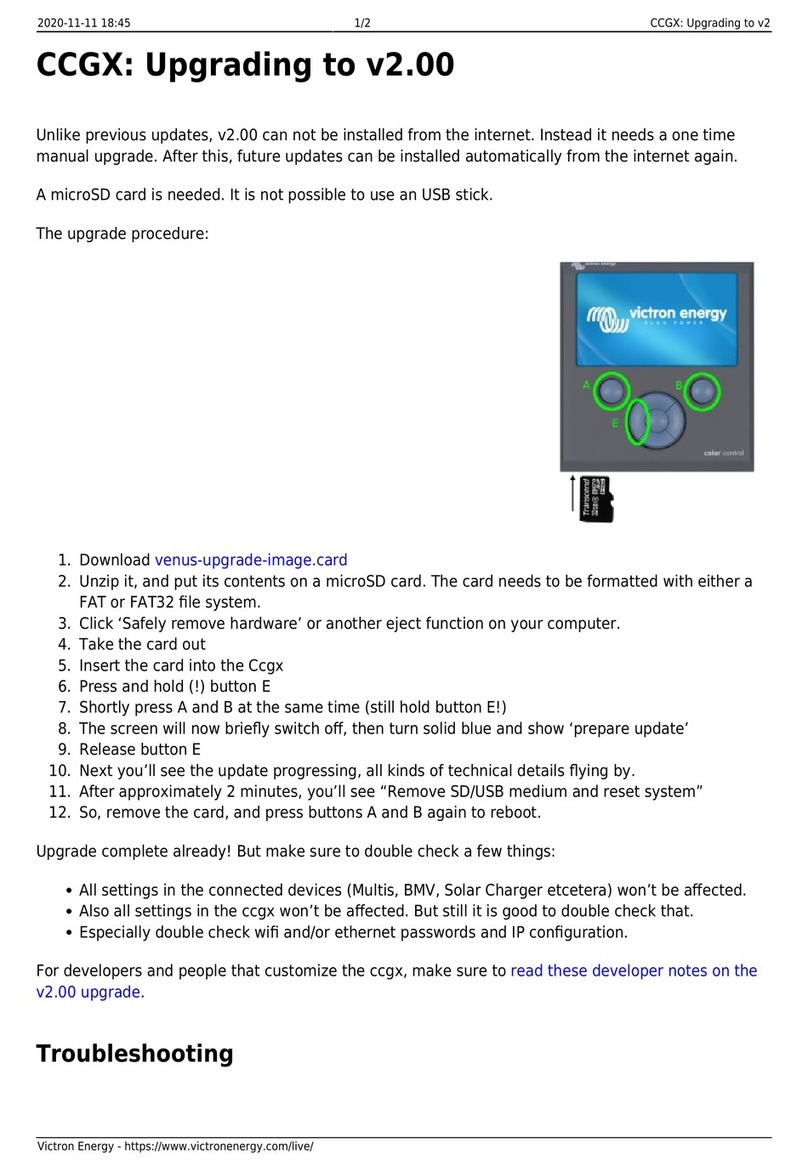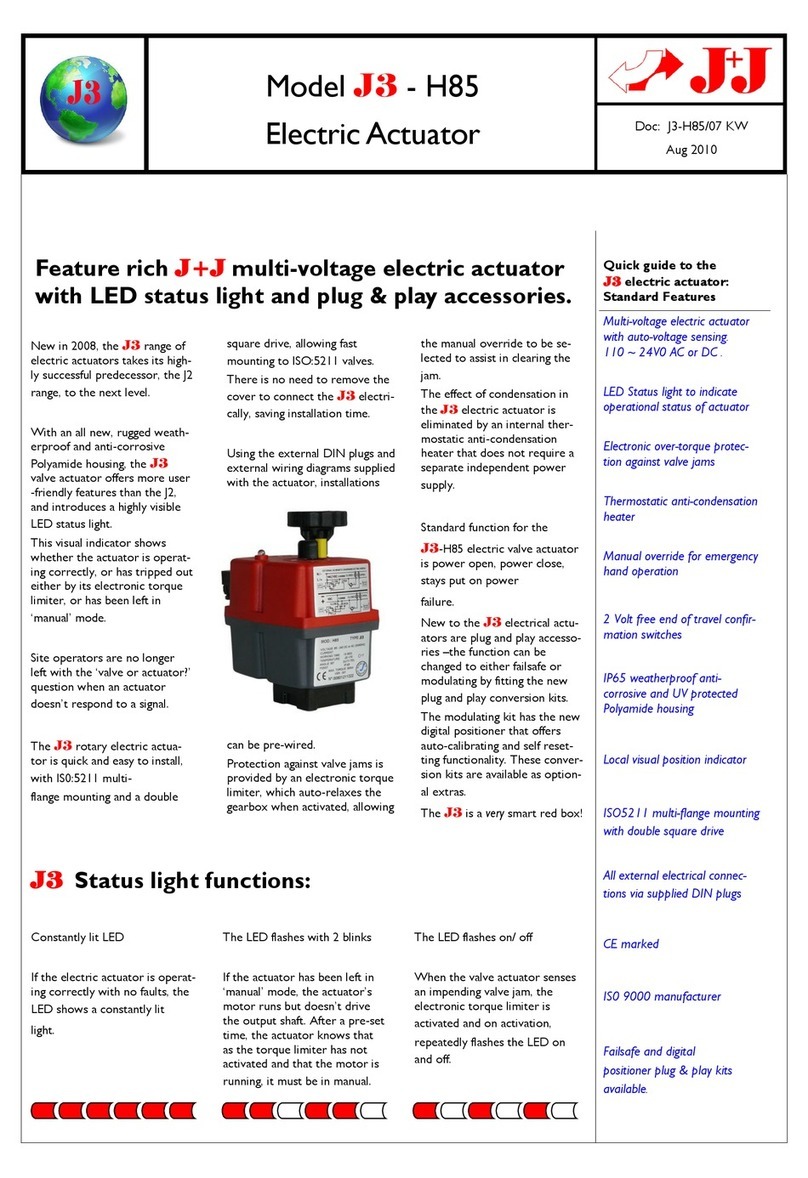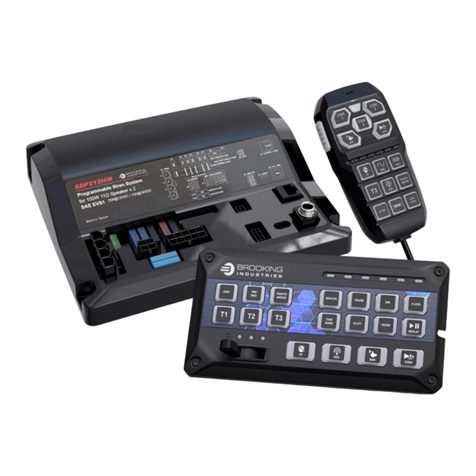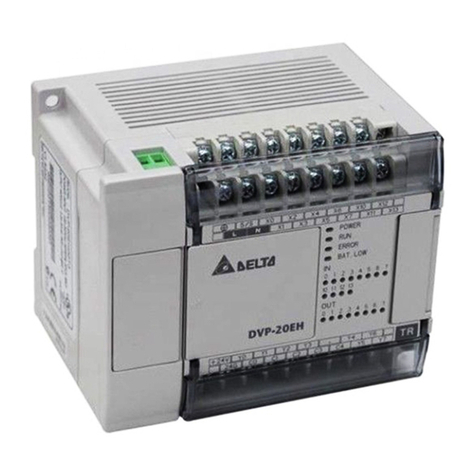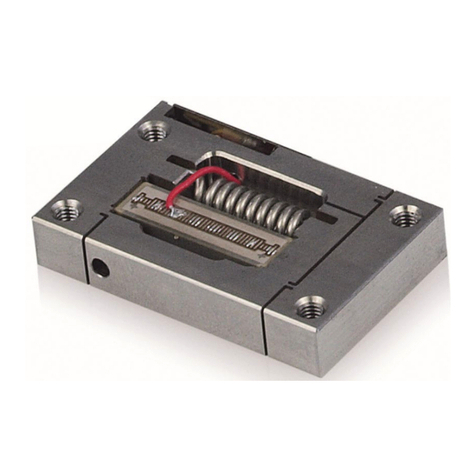KROM 21 User manual

OWNER’S
MANUAL
KROM
Model 21

2
Contents
1 Introduction ......................................................................................................................................... 3
2 Description .......................................................................................................................................... 3
2.1 Key features ................................................................................................................................. 3
3 Hardware ............................................................................................................................................. 3
3.1 The flux meter instrument ........................................................................................................... 3
3.1.1 Top........................................................................................................................................ 4
3.1.2 Back ...................................................................................................................................... 5
3.2 Hall sensors.................................................................................................................................. 6
3.3 Optical sensor .............................................................................................................................. 6
3.4 Power supply ............................................................................................................................... 6
3.5 USB-cable .................................................................................................................................... 6
3.6 KROM application ...................................................................................................................... 6
4 The KROM application ...................................................................................................................... 6
4.1 Unit tab ........................................................................................................................................ 7
4.2 Measurement tab .......................................................................................................................... 7
4.3 Analysis tab ................................................................................................................................. 9
4.3.1 Absolute values .................................................................................................................... 9
4.3.2 Bar diagram .......................................................................................................................... 9
4.3.3 Zoom .................................................................................................................................... 9
4.3.4 Sensor ................................................................................................................................... 9
4.3.5 Start plot with turn ................................................................................................................ 9
4.3.6 Number of turns in plot ........................................................................................................ 9
4.4 Graph area.................................................................................................................................... 9
5 Preparing for data collection ............................................................................................................. 11
5.1 Mounting the Hall sensors ......................................................................................................... 11
5.2 Mounting the optical sensor ...................................................................................................... 12
5.3 Adjusting the supply current to the Hall sensors ....................................................................... 13
6 Performing a measurement ............................................................................................................... 13
6.1 Reduced field current ................................................................................................................. 13
6.2 No load ...................................................................................................................................... 13

3
1 Introduction
With the KROM system from Genmag AB you can measure the magnetic flux density in the airgap of
synchronous generators and motors at full speed. Measurements should be performed at reduced field
current to avoid magnetic saturation of the steel. Stator currents will also affect the measurement.
2 Description
KROM utilises low profile Hall sensors which are glued to a stator tooth of the machine. The signal
from these sensors combined with optical phase measurement enable identification of any defective
pole. Creation of graphs and analysis of the magnetic flux are performed in the accompanying software.
2.1 Key features
KROM helps you in your work through the following features:
Easy to use data collection and analysis application, avoiding time consuming data analysis.
Export of plots to scalable vector graphics format, SVG. Graphs in your reports are sharp.
Display of the magnetic flux density as:
o measured values
o absolute values
o averages per pole
Display of 1, 2, 3 or 4 rotor turns at a time, simplifying the detection of repeating patterns in
the magnetic field.
Measurements are performed at 10 kHz, providing 100 and 83 datapoints per pole at the elec-
trical frequencies of 50 and 60 Hz respectively.
Sensors that can be left in the airgap after measurements are completed, avoiding a second stop
for sensor removal. Leaving the sensors in place also makes it possible to perform a measure-
ment at a later date without disassembly of the generator.
3 Hardware
KROM consist of:
the flux meter instrument
hall sensors (six are included)
an optical sensor
a power supply
a USB cable
the KROM application (delivered on a USB-stick or preinstalled on a portable computer).
3.1 The flux meter instrument
The instrument has three main functions:
to provide the supply current required by the Hall sensors
to convert the analog signals from the Hall sensors and the optical sensor to digital signals
to transfer these digital signal to the computer.
Below follows a description of the layout of the instrument.

4
3.1.1 Top
Controls and indicators are located on the upper side of the instrument.
Table 1. Content of instrument top side.
Item Description
1 Ground terminal
2 Power switch for Hall sensors
3 Power switch for optical
4 Power indicator for USB
5 Power indicator for Hall sensors
6 Power indicator for the optical sensor
7 Indicator for ongoing measurement
8 Supply current adjustment for Hall sensors
9 Supply current measurement for Hall sensors
10 Supply current switch for Hall sensors
11 Screw terminals for Hall sensors

5
3.1.2 Back
The contacts on the back of the instrument are listed in table 2.
Table 2. Back panel contacts.
Item Description
11 USB contact for computer
12 Contact for external 12 V power supply
13 Contact for optical sensor
10
10
11
2
3
1
4
5
6
7
8
9
8
9

6
3.2 Hall sensors
The Hall sensors are used to measure the magnetic flux in your generator’s air gap. Section 5.1 describes
the mounting of the Hall sensors. The Hall sensor(s) are connected to the screw terminals, 11, on the
instrument.
3.3 Optical sensor
The optical sensors, with its supplied cable, is used to measure the rotor position, sometimes called the
phase. Section 5.2 describes the mounting of the optical sensor. The optical sensor is connected to the
M12 contact, 13.
3.4 Power supply
The power supply is used to power the optical sensor. It is connected to the DC jack, 12.
3.5 USB-cable
The USB cable is used to connect the instrument to your computer. It is connected to the USB contact,
11.
3.6 KROM application
The KROM software is provided on the USB stick supplied with the instrument or preinstalled on the
computer that was delivered with your system. The following chapter describes the application.
4 The KROM application
The KROM application consists of three tabs and a graph area. The information entered in the tabs Unit
and Measurement is used in the plot you create in the tab Analysis. All information entered in the Unit
and Measurement tabs is stored in the data file created after the measurement. The date and time of the
11
12
13

7
measurement are also stored in the data file. It is possible to modify the information after the measure-
ment has been performed. Date and time can not be modified.
KROM is a data collection system but it also provides a way to monitor the signals before a measure-
ment is started to verify the health of the sensors.
4.1 Unit tab
Information regarding the unit is entered in the first tab.
Table 3. Input fields in the Unit tab.
Field name Comment
Station The power station name
Unit Example: G1
Unit comment Here you can enter information regarding the
unit.
Example: Old poles
Number of poles This number must be entered to correctly to
create an accurate plot of the measurement.
4.2 Measurement tab
Information specific to the measurement, for example the field current or terminal voltage, is entered
in the second tab. It is from this tab a measurement recording is started. The Monitor signals button
starts the monitoring of the signals without starting a recording.
Figure 1. Data about the unit are entered
in the first tab.

8
Table 4. Input fields and buttons on the tab Measurement.
Name Comment
Comment to measurement – Text input field Specific information regarding this
measurement, for example the field current or
terminal voltage. Example: 6 kV
Number of seconds to measure – Drop down list The length of the recording. Values between 3
and 10 seconds are available. Select a value that
gives approximately six turns of the generator.
Measure Starts a recording of the magnetic flux for the
selected number of seconds.
Monitor signals Displays the signals live on the screen. The
monitoring is performed at 1 kHz.
The optical
Figure 2. A comment about the measure-
ment can be entered in the second tab.
Field voltage is entered here.

9
sensor and Hall sensor 1 are displayed during
monitoring.
4.3 Analysis tab
The analysis tab provides several options for the analysis of your measurement. The default setting is
to show the amplitude of the measured magnetic flux.
4.3.1 Absolute values
The selection of this option causes the program to display the absolute value of the magnetic flux,
showing negative flux as positive. This way of displaying the data simplifies the comparison of the flux
density of north and south poles.
4.3.2 Bar diagram
The bar diagram displays the average of the flux density of each pole, further simplifying the com-
parison of the flux density between poles.
4.3.3 Zoom
This option selects the zoom direction of the mouse scroll wheel. The scale of the Y-axis can also be
adjusted by the drop-down list for Max value Y-axis.
4.3.4 Sensor
If two Hall sensors are used these checkboxes allow for the display of the graph for one or both of the
sensors.
4.3.5 Start plot with turn
This option allows you to start the display of data at another turn than the first full turn recorded.
4.3.6 Number of turns in plot
This option allows you to select the number of turns shown in the plot. To investigate whether there is
an anomaly in the flux density it can be useful verify that it repeats every turn. This can be seen by
displaying two or three turns side by side. If the generator has many poles it can be difficult to
distinguish individual poles if several turns are shown at the same time and then it is better to display
one turn and jump between different turns by selecting different options under Start plot with turn
described in section 4.3.5.
4.4 Graph area
The graph area displays the results of the measurement and the selections you have done in the Analysis
tab.

10
Figure 3. Several options regarding the
graphs are available in the Analysis tab.

11
Figure 4. A screenshot of the KROM application. The black graph is the signal from the optical sensor,
indicating the position of pole one.
5 Preparing for data collection
5.1 Mounting the Hall sensor
The Hall sensor shall be glued to a stator tooth.
It is important to make sure that the sensor is not mounted over a cooling duct since this affects the
measurement. Do not glue the Hall sensor over a section joint if your stators is divided into sections. It
is better to use the adjacent stator tooth.
The cables from the sensors can either be routed through a cooling duct to the back of the generator or
up along the inside of the stator before it is connected to the KROM instrument.
Figure 5
. The Hall sensor is 15.2 x 27.2 millimetres and
fits well on most stator teeth between two cooling ducts.

12
Figure 6. Sketch of how to mount a Hall sensor on a stator tooth.
5.2 Mounting the optical sensor
The reflective tape should be mounted over pole number one and the optical sensor should be mounted
in the same position as the Hall sensors, for example upstream.
Shaft
Reflective
tape
Figure 7. If the space permits, mount the sensor at an angle relative to the axis.
The sensor is preferably mounted at approximately 20 degrees angle to the horizontal plane, for vertical
axis machines, to avoid reflections from the metal of the shaft.

13
Reflective
tape
Shaft
Figure 8. Alternative mounting of the optical sensor.
If reflections from the shaft is a problem it is also possible to position the optical sensor at an angle in
the horizontal plane. Care must however be taken so the light of the optical sensor hits the reflective
tape at the right moment.
5.3 Adjusting the supply current to the Hall sensors
The supply current to the Hall sensors shall be 1 mA. Perform the following steps to adjust the current
for the first sensor. If one Hall sensor is used it is recommended that the left screw terminal of the
instrument is used.
Connect the measurement device to you computer with the USB-cable.
Verify that the LED USB power, 4, is lit.
Connect a multimeter capable of measuring fractions of 1 mA to the banana jacks, 9.
Flip on the Hall power switch, 2.
Verify that the LED Hall power, 5, is lit.
Flip the supply current switch, 10, down to the open position.
Observe the current on the multimeter and turn the knob, 8, to until 1 mA is reached. The current
range is approximately 0.8 to 3.6 mA.
Flip the supply current switch, 10, up to the closed position.
If two sensors are used, repeat the procedure for the right channel.
6 Performing a measurement
A few things should be kept in mind when performing a measurement.
6.1 Reduced field current
Measurement of the magnetic flux density should be performed at approximately half of nominal field
current. At higher field currents magnetic saturation of the steel in the rotor and stator reduces the
difference in flux density of healthy and damaged poles, making it difficult or impossible to detect a
faulty pole. Any automatic field current adjustment should therefore be disabled before a measurement
is performed.
6.2 No load
A measurement should be performed at no load with the generator breaker open. There are two reasons
for this:

14
Load can only be applied at nominal field current and that causes saturation of the steel, see
section 6.1.
Any current in the stator winding will create a magnetic field. This magnetic field interferes
with the magnetic field of the rotor, which is what you want to measure.
Table of contents
Popular Controllers manuals by other brands
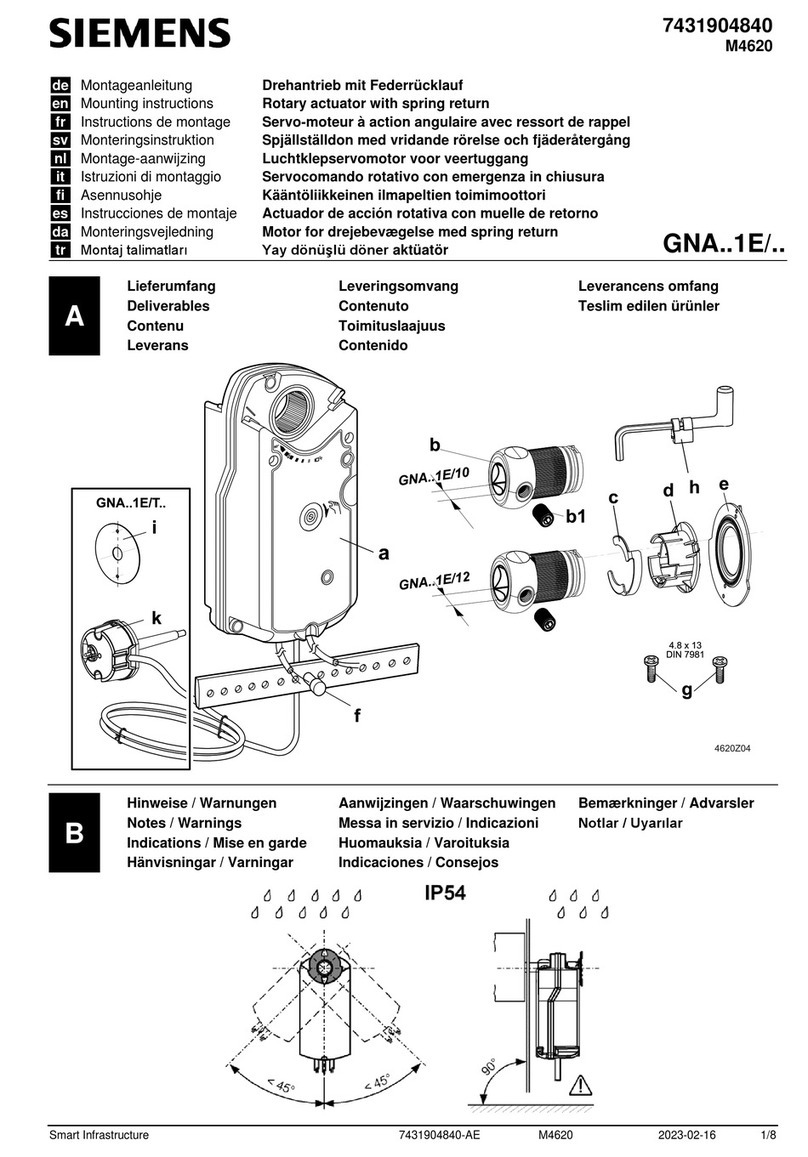
Siemens
Siemens GNA 1E Series Mounting instructions

Motorola
Motorola MVME162LX 300 Series Installation and use

Chauvet Professional
Chauvet Professional Well Com 2 Quick reference guide
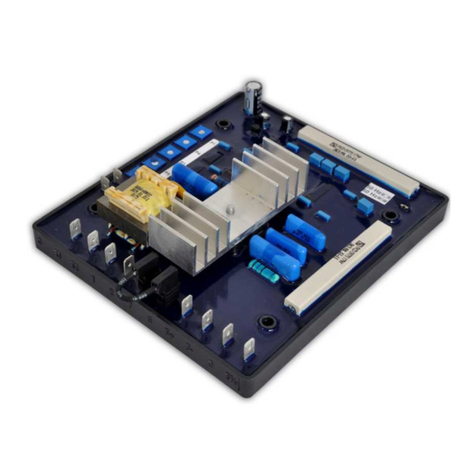
WEG
WEG AVR-A-OPT-04E Installation, operation and maintenance

Plane-Power
Plane-Power R1224 installation instructions
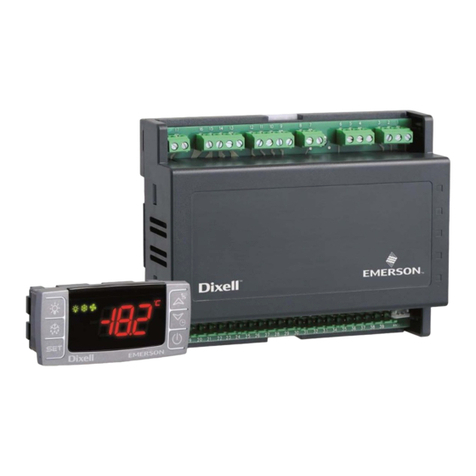
Emerson
Emerson Dixell XM660K Installing and operating instructions
